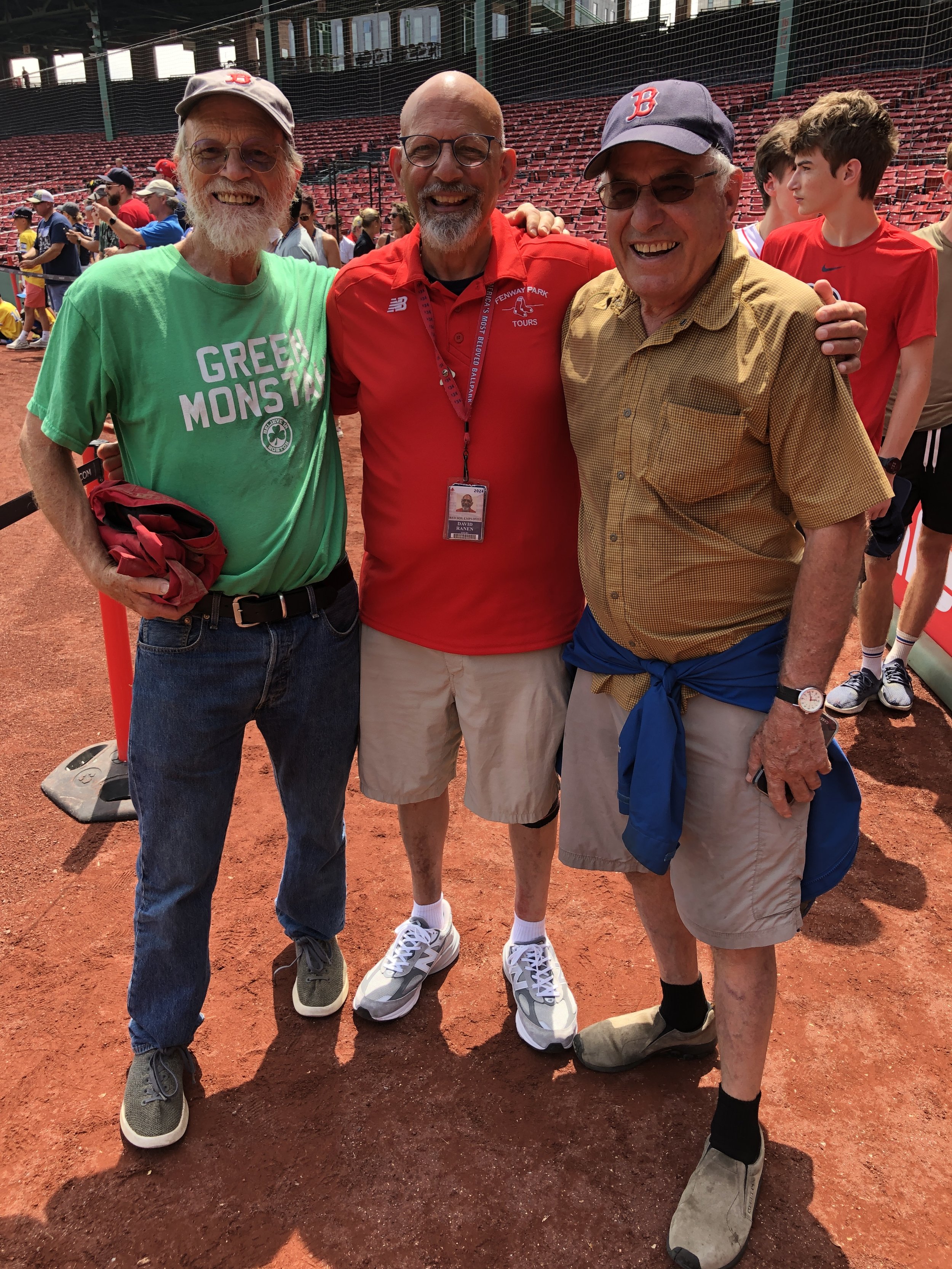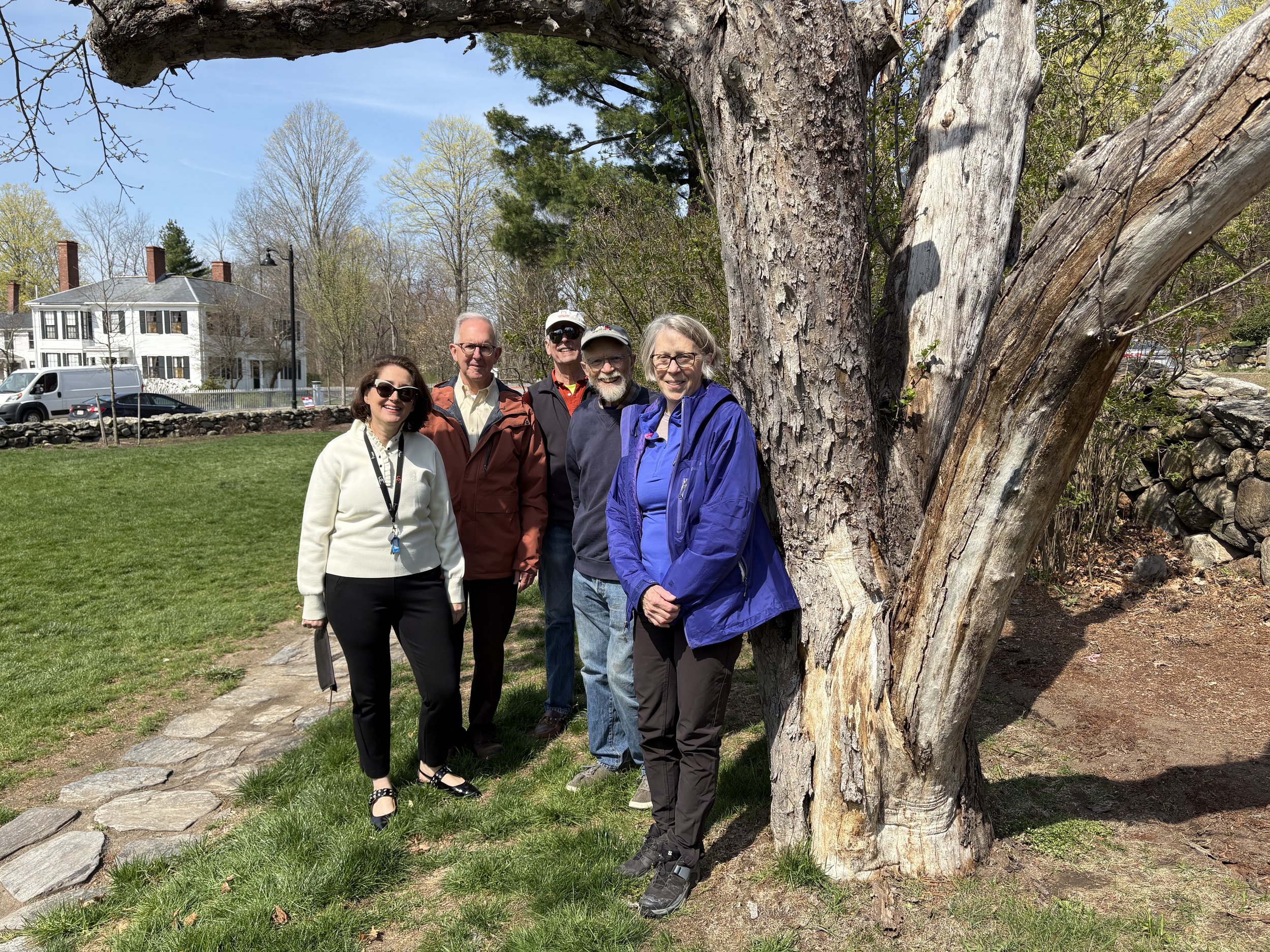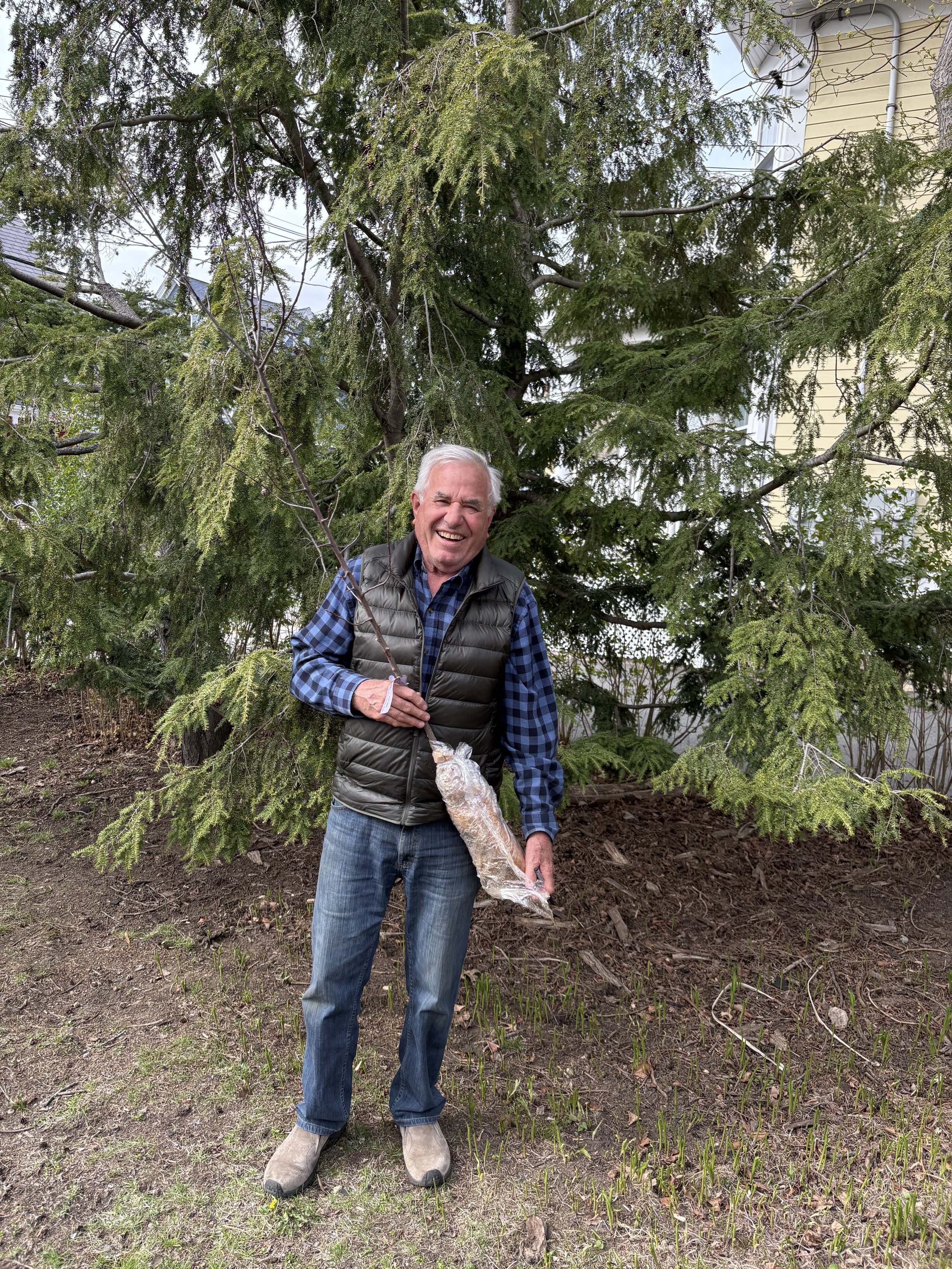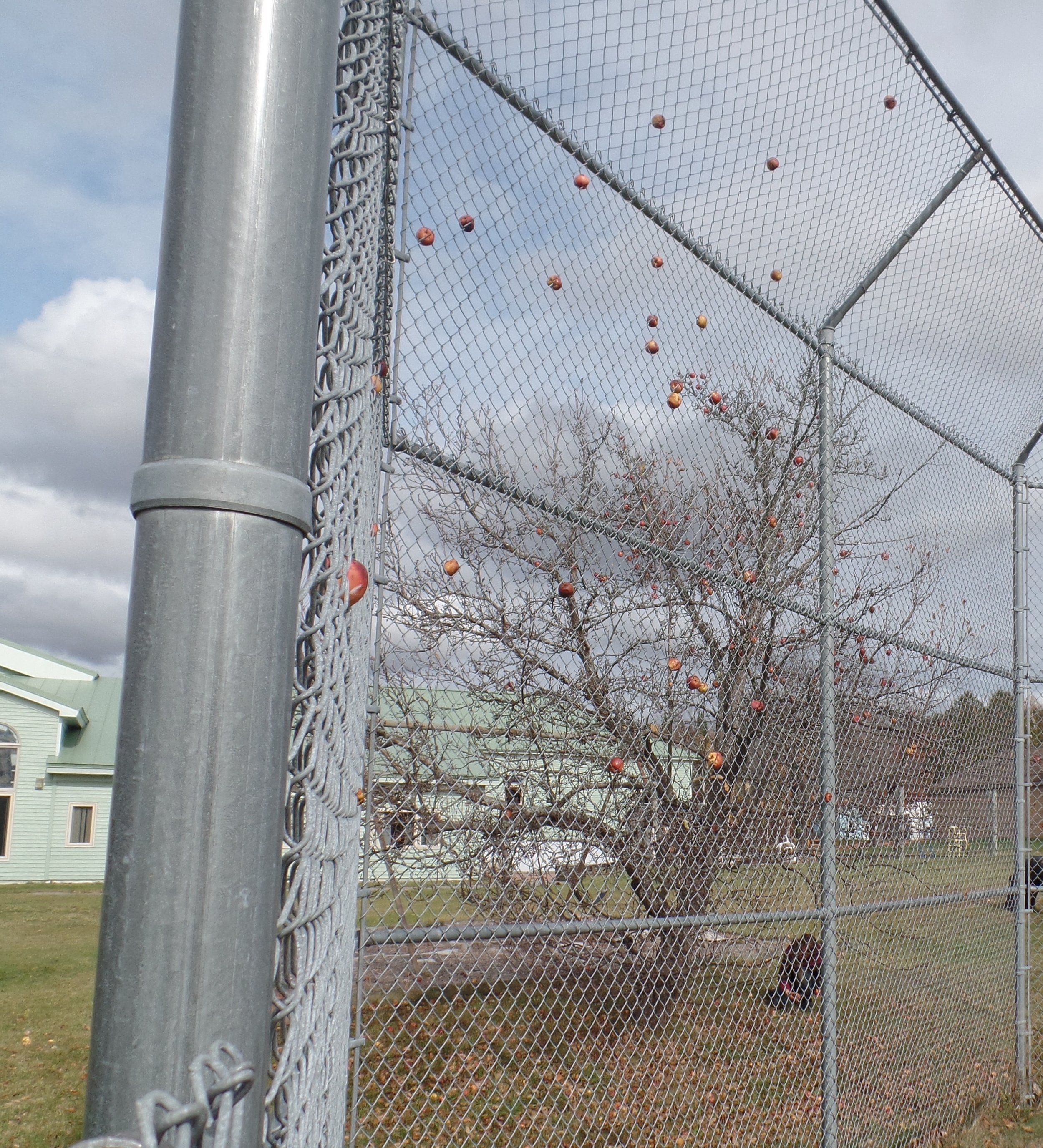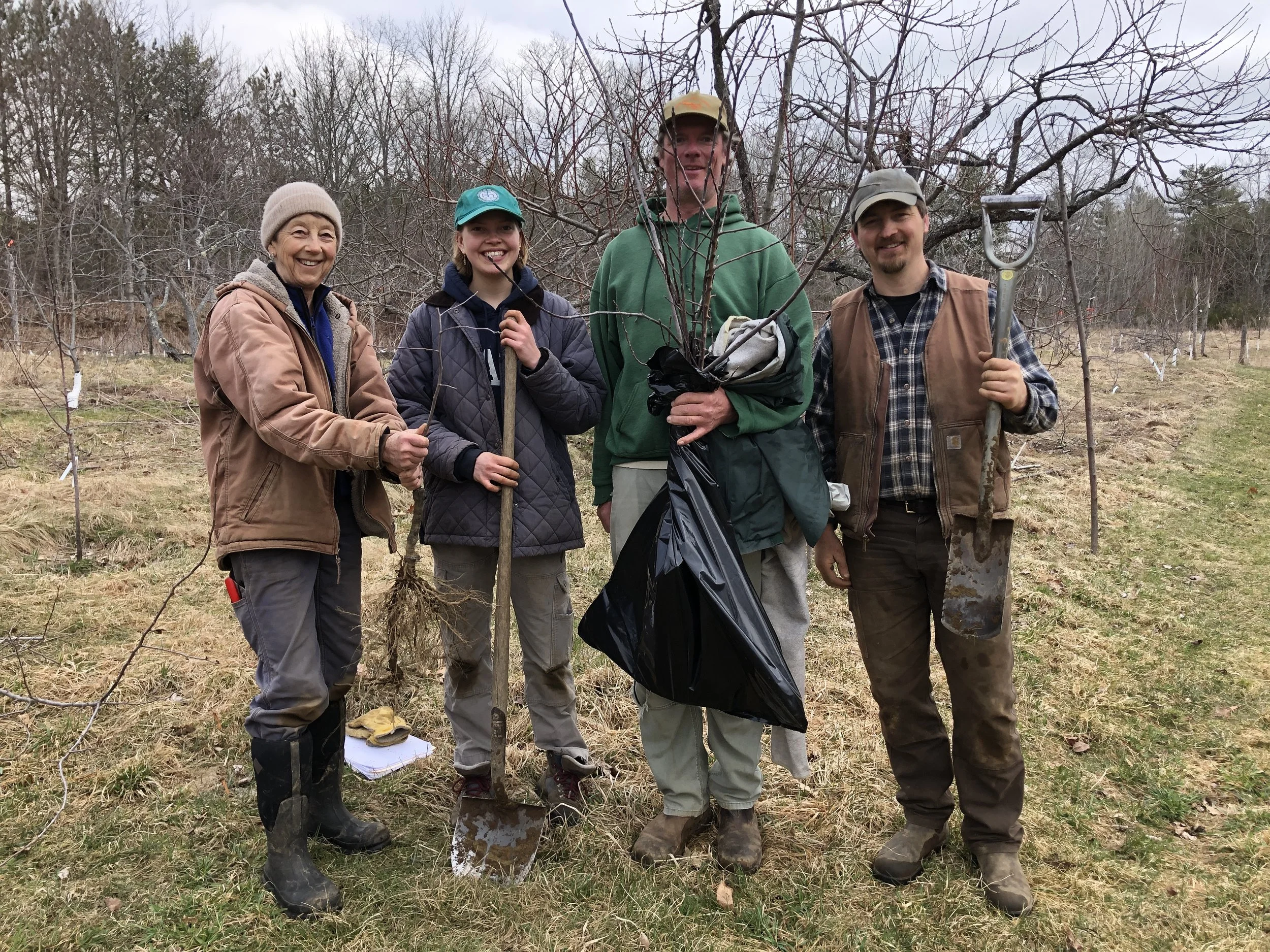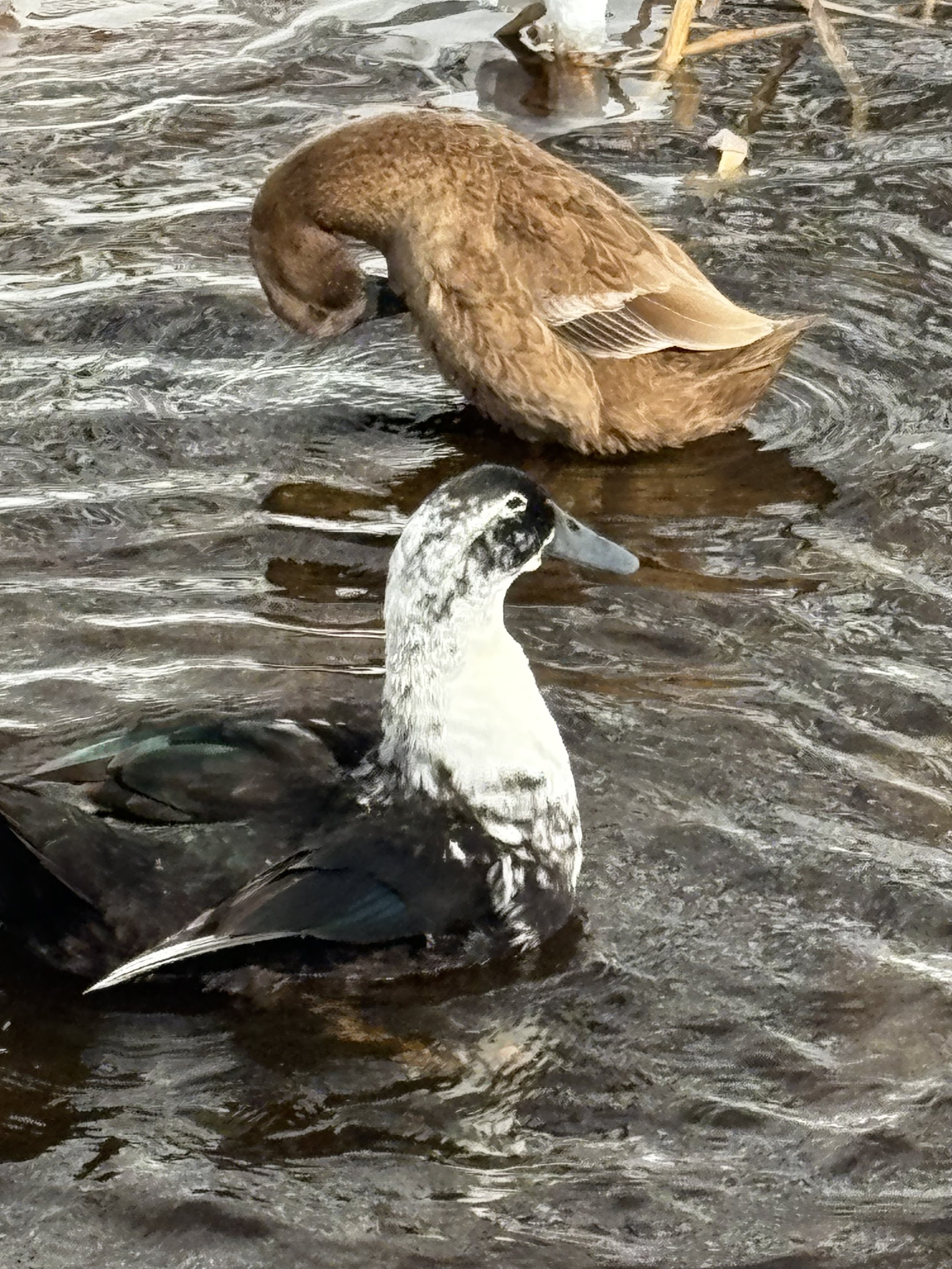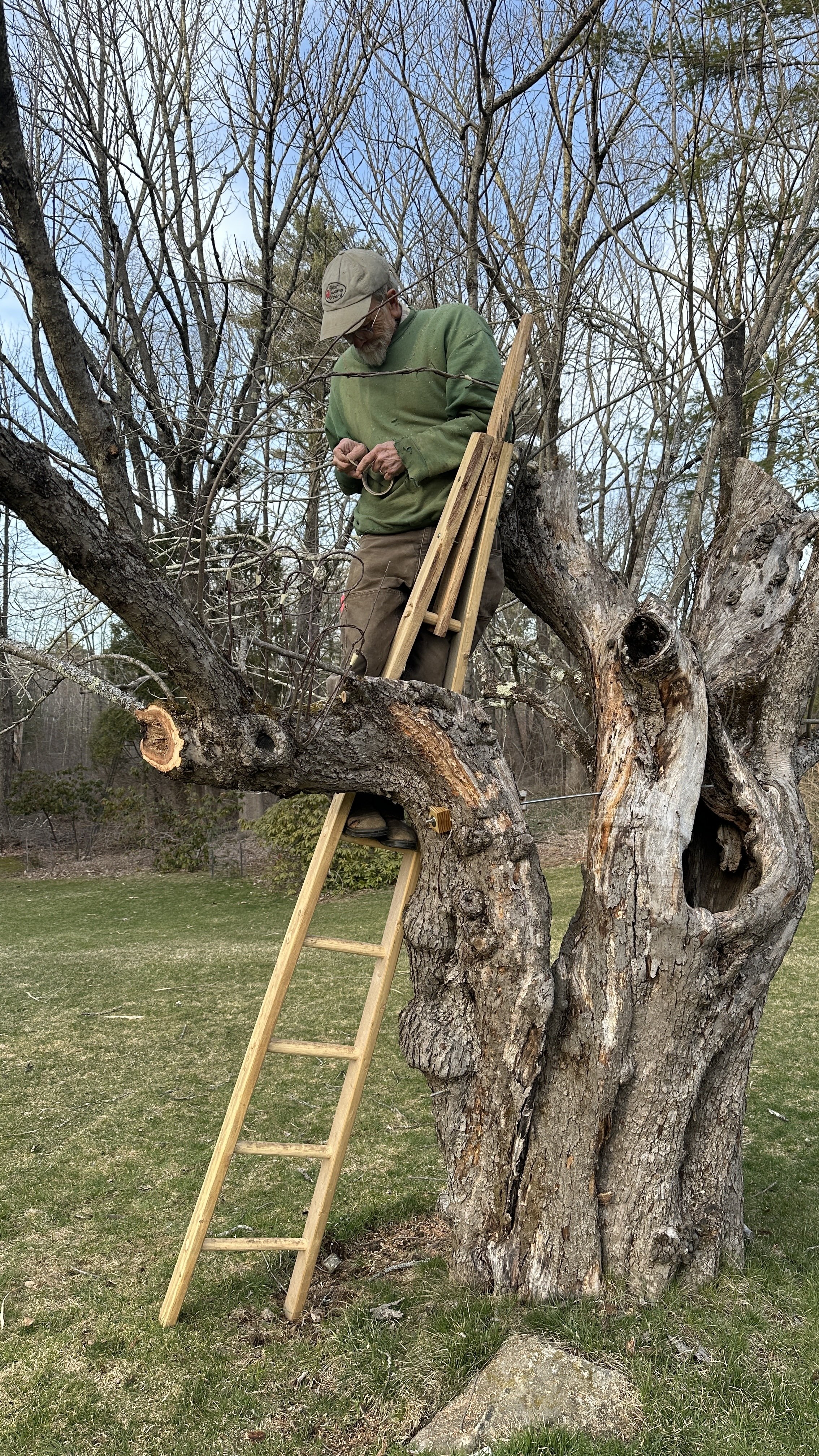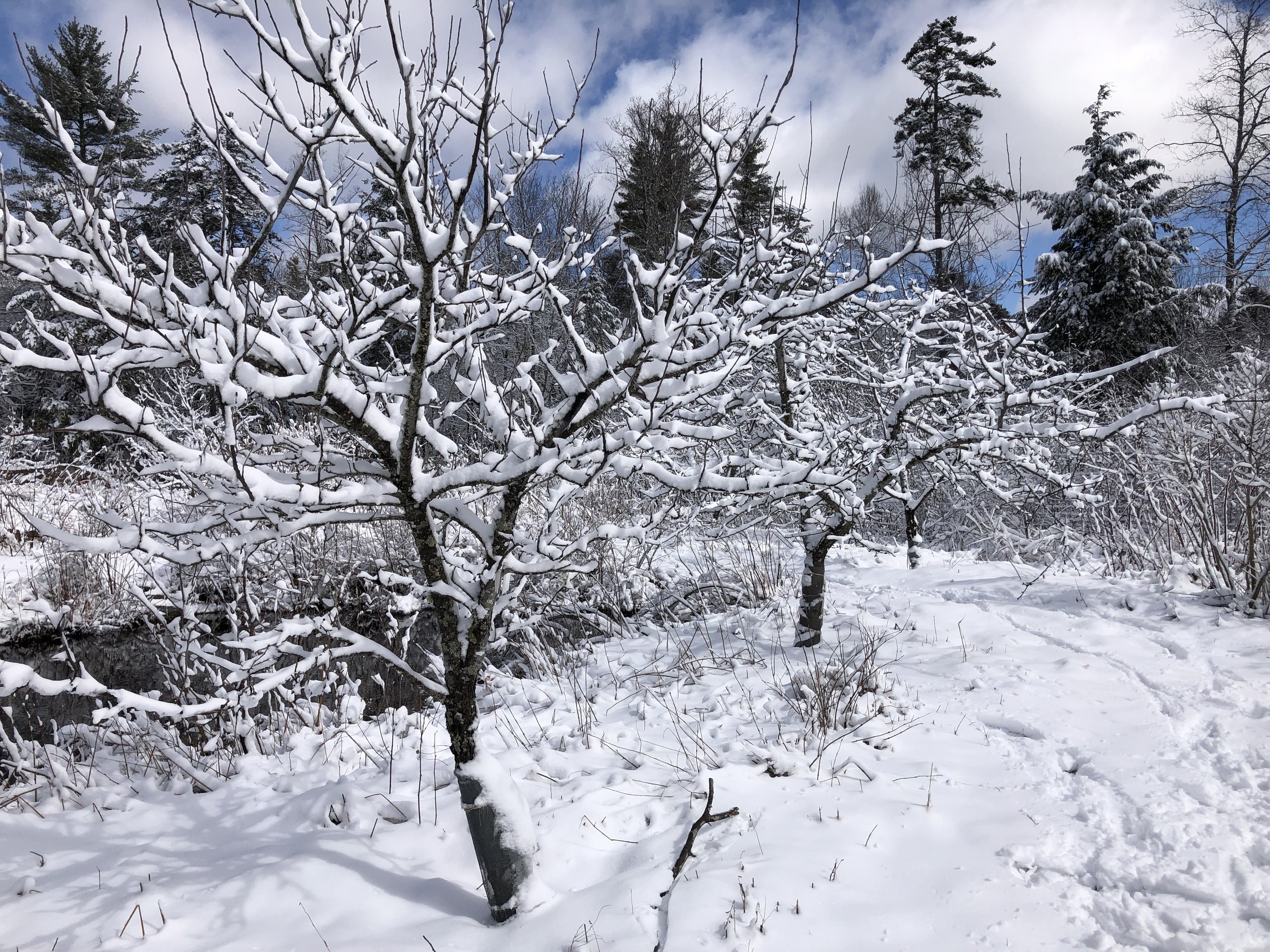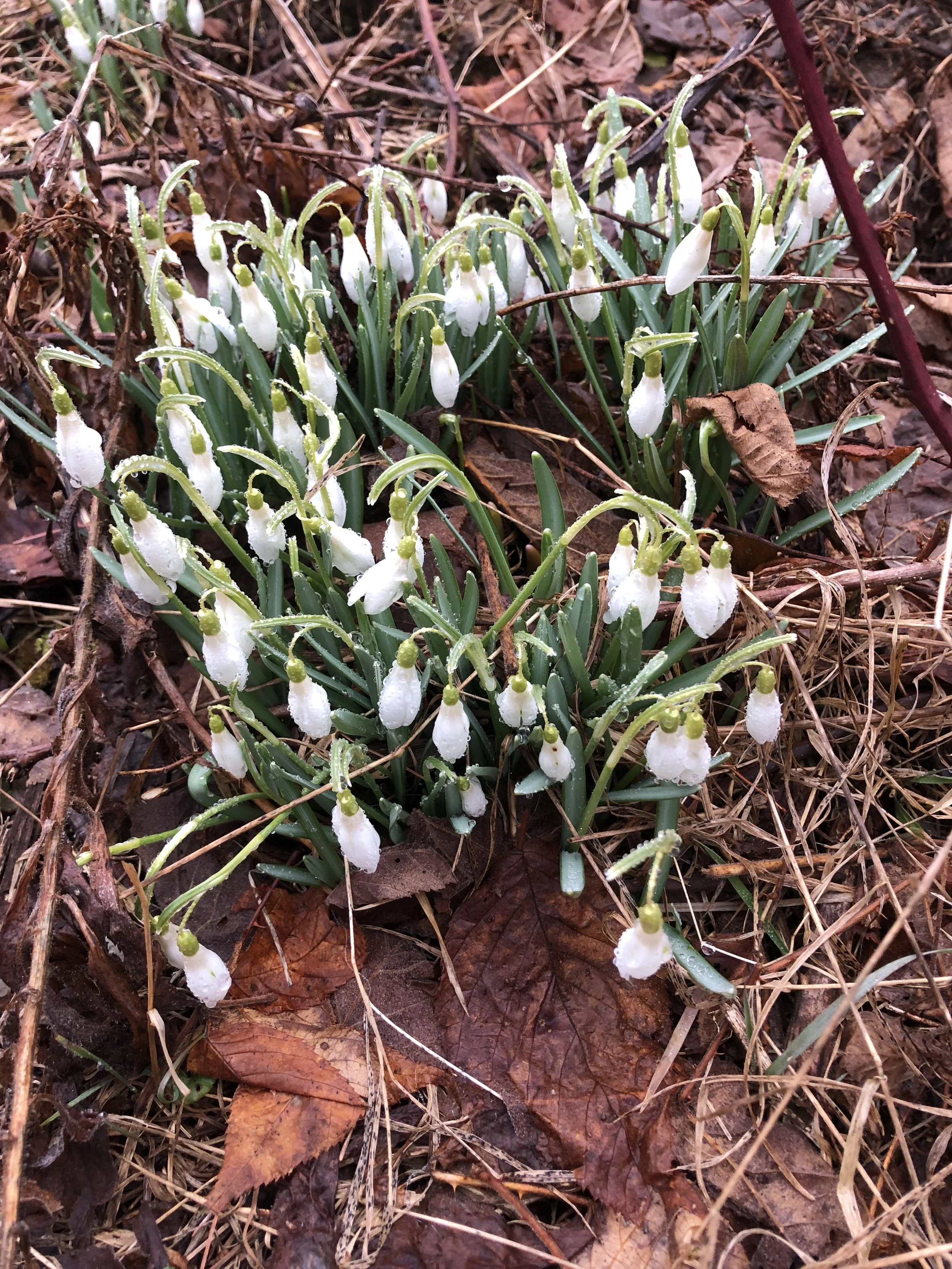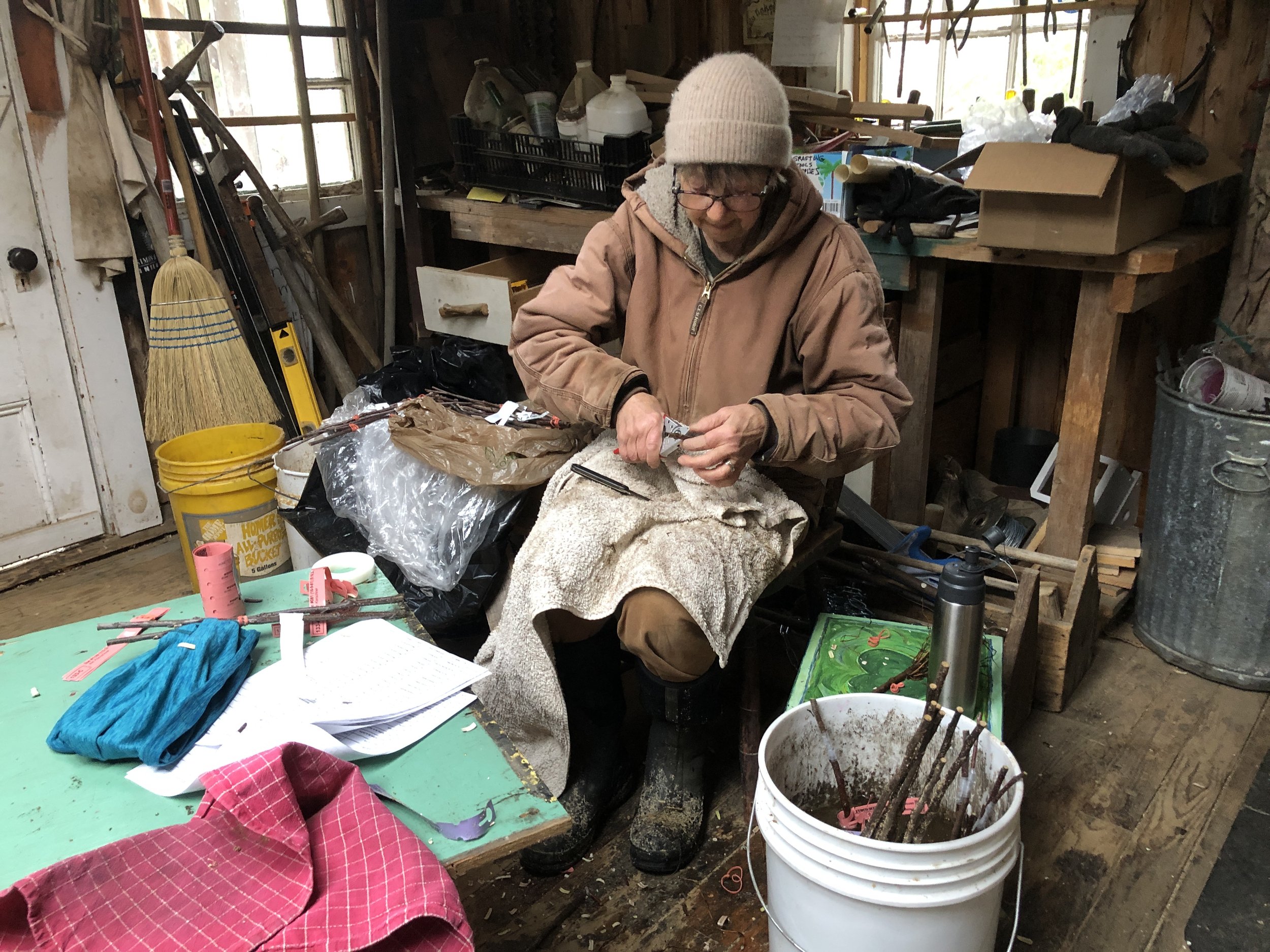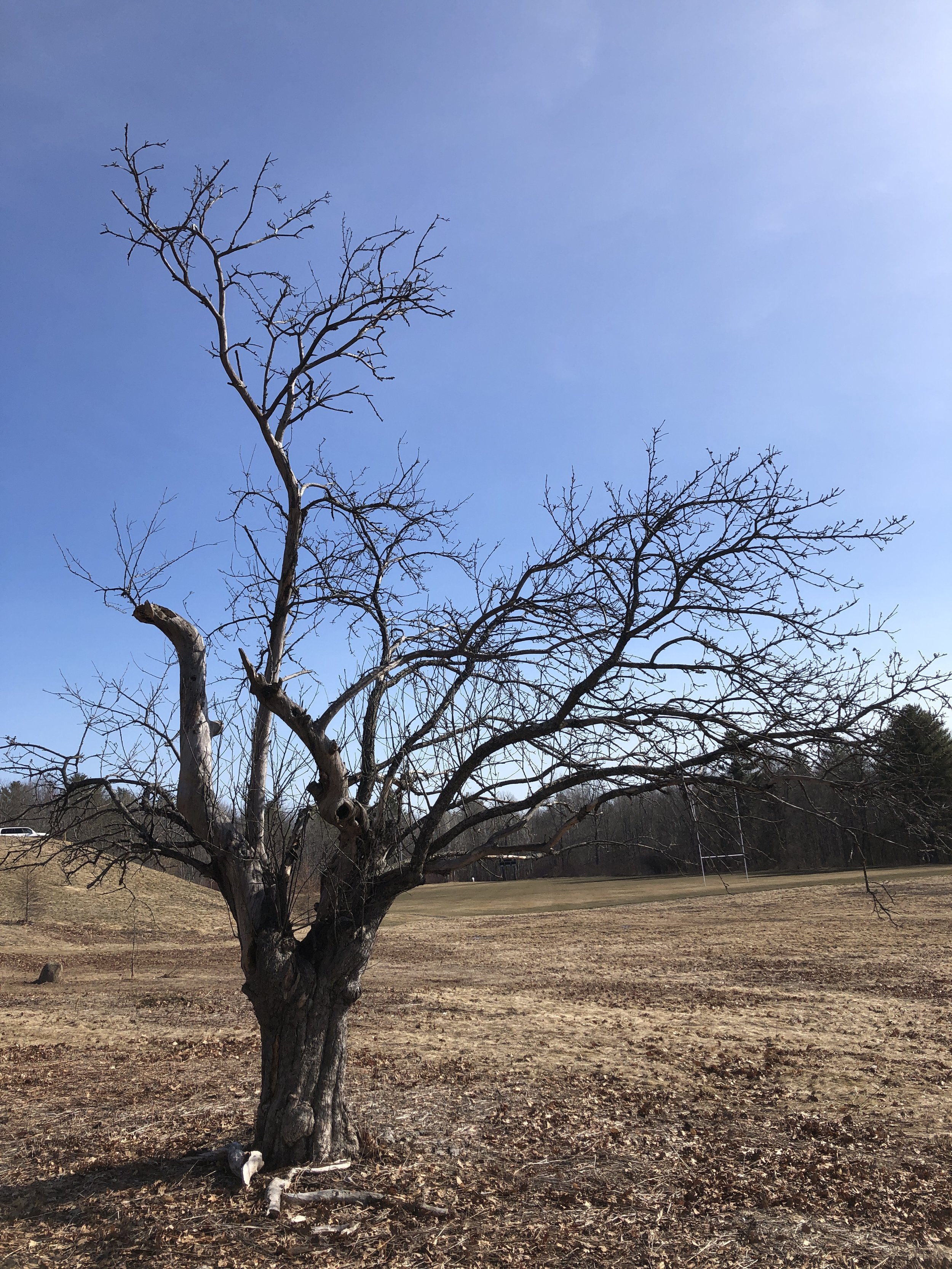Today in the orchard
Amere de Berthecourt
We continued planting new trees in the Finley Lane Orchard. We planted a second Amere de Berthecourt and a “Jim Martin #11.” Amere de Berthecourt is a French bitter cider apple that has done very well in our orchard. It made sense to plant a second tree. “Jim Martin #11” is an ancient, unidentified apple from an old twenty-tree farm-orchard in Falmouth, ME. Jim Martin grew up on the farm but moved away many years ago. He’s gotten to know the current owners and now has a goal of replicating the orchard at his home in western Maine. Over the past few years I’ve been grafting everything he’s got. The orchard wraps around the large, stately farmhouse. #11 is one of the oldest and the most interesting of the trees. It is probably a seedling. The fruit is medium-sized, oval, light-pink striped and unlike any I’ve seen in Maine. I think it will be valuable as a cider or culinary cultivar. This afternoon Skylar and Cammy took off all the remaining spiral tree guards - HOORAY. These are the protective sleeves we wrap around the tree trunks to protect them from voles. We take them all off in spring. If left on they attract the dreaded apple tree borer.




